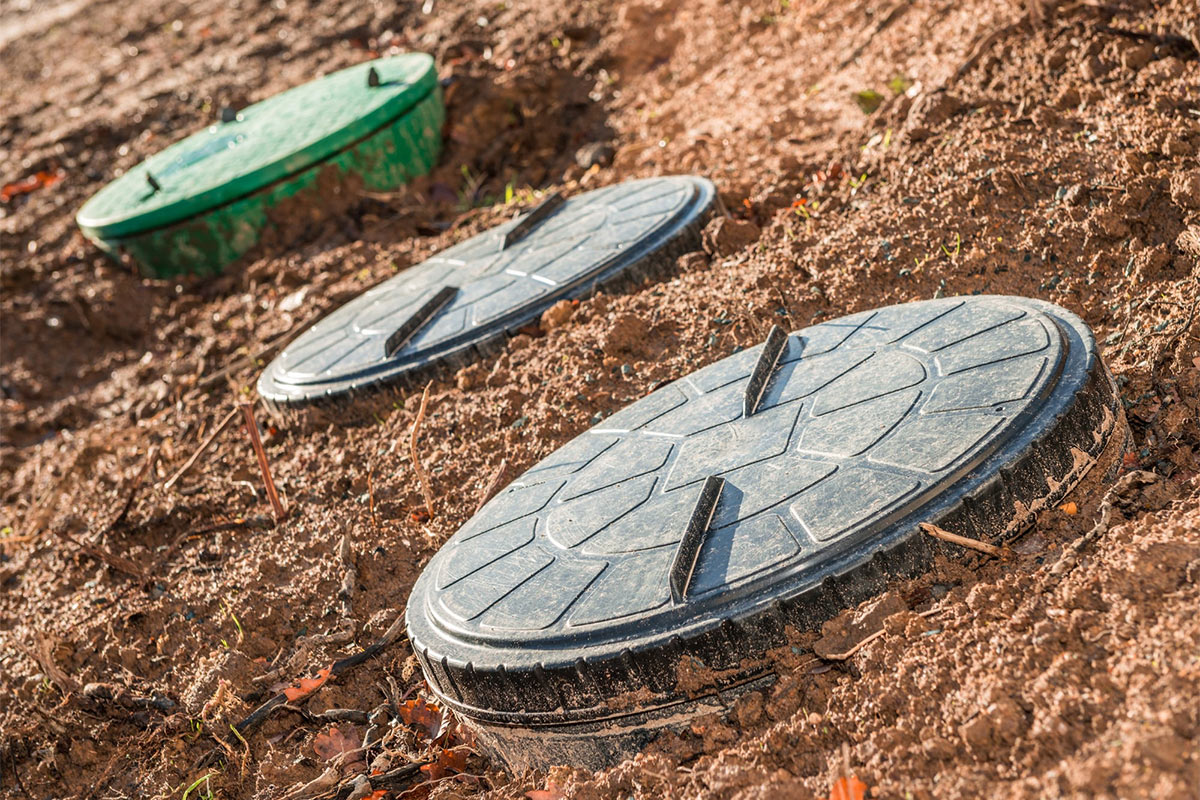The septic system in your home really meets the definition of “out of sight, out of mind”. Buried neatly in the backyard, it quietly does its job without really crossing our minds.
For that reason, most of us don’t think much about our septic system until there is a problem. Unfortunately, this hands-off attitude can lead to more expense and more trouble than proper preventive maintenance.
Understand Its Function First
The first step in good septic tank care is to know how the system actually works. It isn’t simply a matter of waste going down a drain and disappearing forever.
While there are no moving parts or power equipment in a typical septic system, it does have an orderly process for operation that requires occasional intervention to be sustainable.
Plan for Pumping
Once you understand how the system works, it will make sense that the system will require occasional pumping. The frequency of this maintenance depends largely on how many people are in the home.
One or two people will have less waste than a family of five, so the best thing to do is to discuss it with your septic maintenance company and get an idea of what they recommend based on the size of your tank, the number of people in your home, and the soil in your area.
An even better solution is to have a hydrostatic pressure gauge installed. This device will measure the level of waste inside your tank and give you a more accurate idea of when it’s time to pump.
After all, estimates based on occupancy are just that–estimates. Anything from dripping faucets to longer showers can shorten the time after each successive pumping. A hydrostatic pressure guage will remove the guesswork.
Know Warning Signs
Soil matters because it ultimately determines how quickly the water is able to leave the system. Water percolates more slowly through clay soils, decreasing the system’s capacity to remove water from the tank.
The soil is also a critical indicator of a potential problem. If your leach field is muddy or wet, the tank may be getting full and discharging water. Any evidence of gray or black water in the leach area will reinforce this indicator.
This is the time to take action. If the solids reach too high a level inside the tank, they will begin to flow into the effluent line. At this point, your system is already in trouble.
Solids can clog up the effluent line, keeping any material from flowing into the leach field and backing up waste into the tank, then into the main septic line out of the house. It could potentially back up into bathtub drains.
At this point, the damage is extensive–and very costly. Cleaning the effluent line is probably not possible, so it will have to be dug up and replaced. The distribution box and lateral lines may also be filled with solids, further increasing the cost.
Your septic tank is a vital component of your home, even though you can’t see it. When it is functioning correctly, it will help your home and the environment to stay clean, but when it malfunctions, it is a source of pollution, expense, and worry. Proper preventive maintenance is the key to septic system success.
You are reading Keeping an Eye on your Septic System


